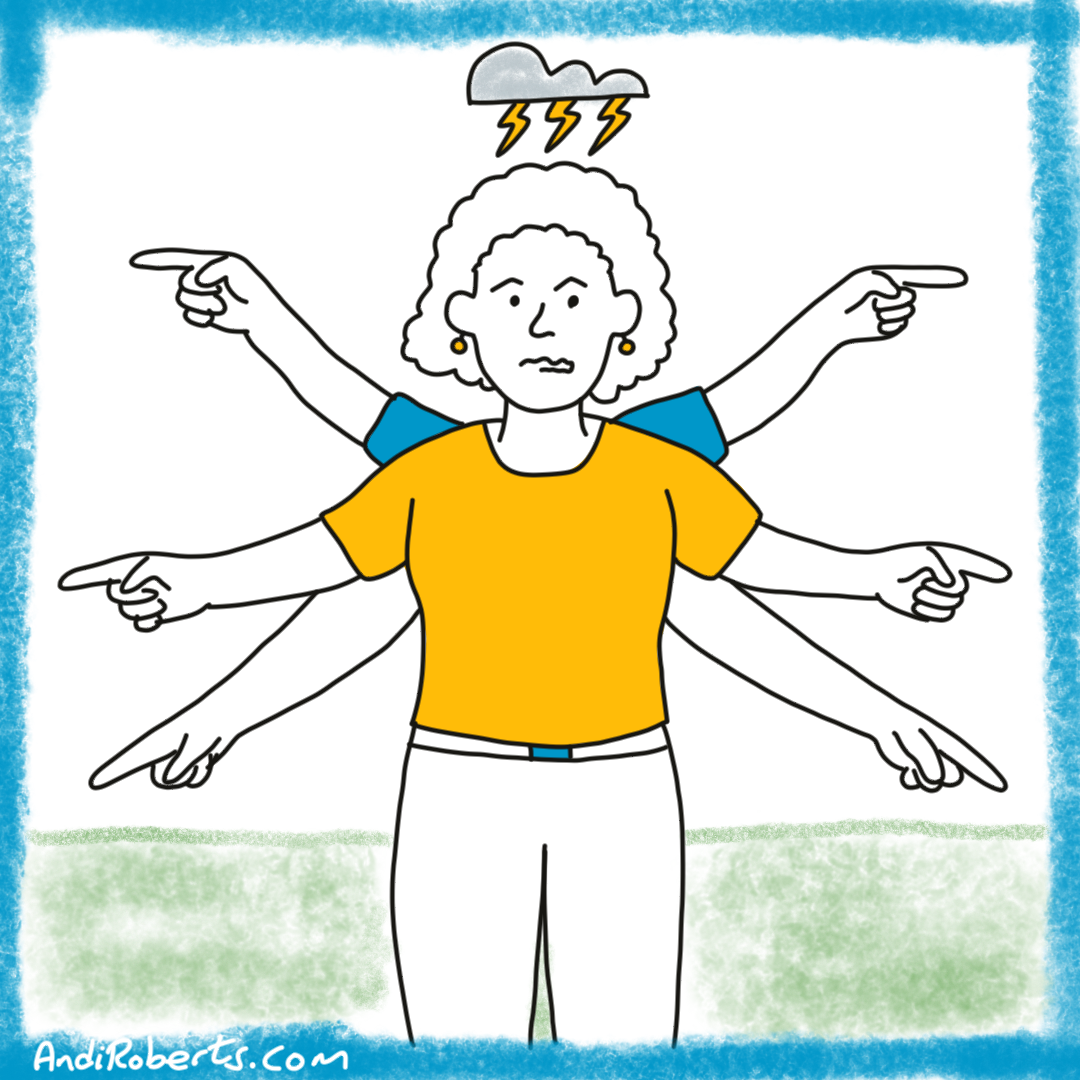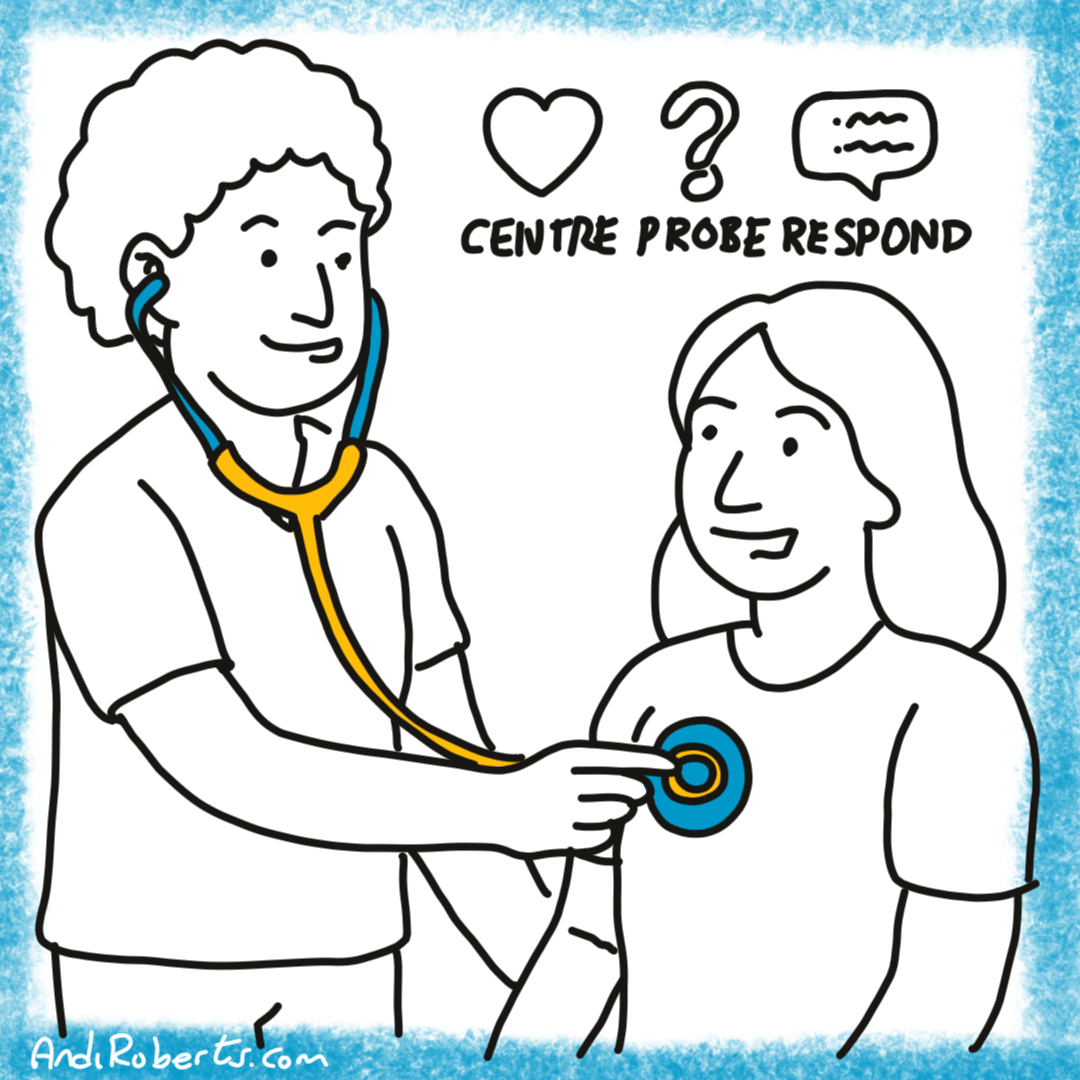Leadership today is less about vision statements and strategy documents, and more about the conditions we create for people to thrive. Mental wellbeing has become a defining test of that responsibility. The workplace is no longer simply where tasks get done; it is where people come to belong, contribute, and sustain their energy.
Burnout is not only a personal cost. It is systemic. The World Health Organization estimates that depression and anxiety cost the global economy US $1 trillion in lost productivity each year (World Health Organization, 2024). At the same time, Gallup reports that disengaged employees cost US $8.8 trillion annually, nearly 9% of global GDP (Gallup, 2024). These are not marginal figures. They tell us that wellbeing and performance are inseparable.
The challenge is to stop treating them as competing priorities. They are companions. What is needed is a redefinition of leadership itself, less about heroic fixes and more about stewardship, belonging, and shared accountability.
Three lenses help us find a way forward: the behavioural, the systemic, and the relational. Each opens a different doorway, but together they describe the conditions under which people can perform without losing themselves.
The behavioural lens: What leaders do
Most conversations about wellbeing begin with programmes: apps, gym memberships, mindfulness courses. Yet research shows that nearly 70% of employees say their manager has more impact on their mental health than their doctor (Brower, 2023). In other words, wellbeing is not outsourced, it is modelled.
The leader’s personal choices are contagious. A manager who answers emails at midnight tells people: rest is optional, output is everything. A manager who leaves visibly for their child’s school concert tells another story: performance and humanity can co-exist. Gallup found that when a manager is thriving, their direct reports are 15% more likely to be thriving six months later (Gallup, 2017). This is not a coincidence; it is culture.
The behavioural lens reminds us that leadership is a living signal. Every boundary held or ignored, every silence around stress, every conversation opened or avoided sends a message about what matters most. The invitation is to act not as a heroic problem-solver but as a steward of the climate others live within.
Four actionable moves:
- Redesign roles, not perks. Invite teams to ask: Are our roles humane? Are expectations clear? Do we have autonomy to shape the work? Real wellbeing is created in job design, not in add-on perks.
- Model healthy rhythms. Leadership is a public act. Skipping breaks or sending midnight emails signals that depletion is normal. Thriving managers create thriving teams.
- Invite dialogue about energy. Leaders can normalise talking about energy, asking “What’s giving you life this week? What’s draining it?” Listening without fixing creates trust.
- Track wellbeing indicators. What we measure signals what we value. Alongside KPIs, leaders can track engagement, stress, and energy as core business metrics.
Executive coaching experience:
I worked with a senior executive known for tireless commitment. She told me, “I’m proud of my resilience, but I don’t think I can do this for another year. I’m running on fumes.”
We explored how her behaviour shaped the culture. She admitted sending 1 a.m. emails and skipping holidays because “the team needs me.” I asked her, “What if your real leadership gift isn’t stamina, but permission?”
She began blocking Fridays for deeper work, took visible time off, and announced when leaving for family events. Her team mirrored her choices. Meetings sharpened, energy returned, and performance lifted. Her realisation: “They never needed my exhaustion, they needed my example.”
The behavioural lens matters deeply, but behaviour alone cannot win against structures that exhaust. Which brings us to the second doorway.
The systemic lens: How work Is designed
No leader, however compassionate, can compensate for a system that quietly drains people. Research confirms that job design has a more substantial effect on wellbeing than access to wellness programmes (Kray, 2021). It matters less whether yoga is offered at lunchtime and more whether workload is realistic, priorities are clear, and outcomes are measured fairly.
Too often, organisations fall into the trap of measuring presence rather than value. The cost is profound. Gallup estimates that disengagement alone costs US $8.8 trillion annually, nearly 9% of global GDP (Gallup, 2024). By contrast, when leaders redesign systems to reward outcomes, wellbeing and performance reinforce each other.
The systemic lens calls leaders to act as architects. This is about shaping the structures, norms, and measures that set the stage for either depletion or renewal. Structures always win over intentions. The real leadership test is whether the system itself sustains energy.
Four actionable moves:
- Make wellbeing a strategic capability. Declare it not as an HR service but as a driver of adaptability and retention.
- Measure value, not hours. Systems that reward long hours punish efficiency. Gallup and Workhuman (2024) found that when managers prioritise wellbeing, engagement increases across all work modes: 37% for fully remote, 36% for hybrid, and 30% for on-site employees.
- Redesign digital flows. Agree norms for communication: when to respond, when to pause, when silence is acceptable. Turn technology from a source of fatigue into a tool for focus.
- Hold senior accountability. Wellbeing cannot be delegated. Those who set targets and budgets must own their human consequences.
Executive coaching experience:
At a global technology company, leaders prided themselves on being “always available.” Emails were answered within minutes, meetings ran back-to-back. Yet surveys showed that 68% of employees felt “constantly exhausted.”
One executive admitted in coaching, “I can’t remember the last time I had two uninterrupted hours to think.” This sparked a turning point. The team shifted to outcome-based measures, introduced “no-meeting Wednesdays,” and enforced a 7 p.m. email cut-off. A VP even said to her team: “If I send you something late, it’s my problem, not a call for you to reply tonight.”
Three months later, attrition risk fell, innovation pipelines picked up, and leaders reported feeling calmer. The story they told themselves changed: “Productivity isn’t about hours present, it’s about value created.”
Yet even good systems can falter if people feel alone inside them, which leads to the third and deepest lens.
The relational lens: How leaders convene
Even the best-designed systems collapse if people feel isolated. Wellbeing is not only the absence of exhaustion, it is the presence of belonging. Gallup shows that employees with a strong sense of belonging are twice as likely to be engaged and 50% less likely to leave (Gallup, 2024). Community, not individual grit, is the real foundation of resilience.
The relational lens asks leaders to see themselves not as heroic providers, but as conveners. Leadership here is about creating the conditions where people feel they are co-authors, not passengers.
Here, language is decisive. To ask, “How do we stop burnout?” keeps us in deficit. To ask, “What healthier ways of working can we create together?” shifts the story. Belonging arises when people hear their voice in the design of commitments, not when wellbeing is “rolled out” to them.
Four actionable moves:
- Reframe the dialogue. Move from deficit questions to possibility questions that invite imagination and ownership.
- Redistribute ownership. Wellbeing grows when teams commit to each other, not when it is handed down as a service.
- Foster belonging intentionally. Use small-group dialogues, rituals of gratitude, and informal exchanges that affirm connection beyond tasks.
- Host courageous conversations. Say openly: “Here are our goals, here are our limits. How do we hold both?” The courage is in naming the tension.
Executive coaching experience:
I coached an ex-military CxO who feared that talking about wellbeing would look like weakness. “I can’t risk people thinking we’re soft,” he told me. His silence, though protective, bred distrust.
In coaching, we reframed his role: “What if your job is not to shield them, but to convene them?”
He began hosting monthly forums. At the first, silence filled the room. But he persisted: “We want to achieve big goals, but not at the cost of our health. What ideas do you have for holding both?” Gradually, people spoke. Suggestions emerged: staggered deadlines, clearer priorities, mutual cover for crunch periods.
Over time, the forums became places of candour. An employee later said, “For the first time, I feel leadership wants to hear the truth.” Performance stabilised, trust deepened, and the CEO reflected: “It wasn’t about me fixing burnout. It was about creating a space where people could own both the pressures and the possibilities.”
Practices for leaders
Design meetings for connection: Begin and end not with status updates but with questions of meaning: “What struck you today?” or “What gift did you receive from a colleague?”
Audit invisible load: Map the hidden costs of digital interruptions, after-hours expectations, and unclear priorities. Make the invisible visible.
Link wellbeing to purpose: In reviews or planning sessions, ask: “What part of this work feels most worth doing?” not just “What targets did we hit?”
Build shared rituals of rest: Celebrate teams that choose sustainable practices, not just those who “go the extra mile.”
Integrate wellbeing into leadership contracts: Make it explicit that leaders are judged not only by results but by the sustainability of how those results are achieved.
An Invitation to leaders
The temptation is to look for balance between wellbeing and performance, as if one must give way to the other. But the deeper truth is that they rise or fall together. Exhaustion erodes trust and output alike. Renewal fuels both commitment and creativity.
The invitation is to stop asking, “How do I fix burnout?” and start asking, “What conditions am I creating, and what possibilities can we open, so that performance and wellbeing sustain one another?”
This is not a technical fix. It is a choice. A choice to be more than a task-setter or strategist. A choice to become:
- A role model who legitimises balance by how you live.
- An architect who designs systems for sustainable performance.
- A convener who hosts the conversations that turn isolation into belonging.
No one else can make this shift for you. It is the quiet, daily work of leadership. And in that work lies the chance to build organisations where people flourish, and so does the performance that follows.
Reflective questions
Reflection is not a soft activity; it is where leadership begins. Questions open possibilities that instructions cannot. They are not about getting the “right” answer, but about opening the future.
- What personal habits of mine legitimise or undermine balance in my team?
- How does the system I am responsible for either sustain or erode resilience?
- What unspoken norms about digital work and availability may be silently exhausting people?
- What conversations about belonging and possibility have I not yet convened?
- If wellbeing and performance are companions, not competitors, how must my leadership practice change tomorrow?
For leaders wishing to explore these ideas further, see wellbeing-related competencies in the Leadership Library: Caring about Direct Reports, Compassion, Work-Life Balance, Drives Engagement, and Composure.
References
Brower, T. (2023) Managers Have Major Impact On Mental Health: How To Lead For Wellbeing. Forbes, 29 January. Available at: https://www.forbes.com/sites/tracybrower/2023/01/29/managers-have-major-impact-on-mental-health-how-to-lead-for-wellbeing/ (Accessed: 23 August 2025).
Gallup (2017) The Manager’s Role in Employee Wellbeing. Gallup. Available at: https://www.gallup.com/workplace/236249/manager-role-employee.aspx (Accessed: 23 August 2025).
Gallup (2024) State of the Global Workplace 2024: Press Release. Gallup, 11 June. Available at: https://www.gallup.com/workplace/645758/state-of-the-global-workplace-2024-press-release.aspx (Accessed: 23 August 2025).
Gallup and Workhuman (2024) Employee Wellbeing Hinges on Management, Not Work Mode. Gallup, 25 April. Available at: https://www.gallup.com/workplace/648500/employee-wellbeing-hinges-management-not-work-mode.aspx (Accessed: 23 August 2025).
Kray, L. (2021) ‘The relationship between workplace wellbeing and productivity’, Frontiers in Psychology, 12, pp. 1–11. doi:10.3389/fpsyg.2021.644950.
World Health Organization (2024) Mental health at work. WHO. Available at: https://www.who.int/news-room/fact-sheets/detail/mental-health-at-work (Accessed: 23 August 2025).





Leave A Comment